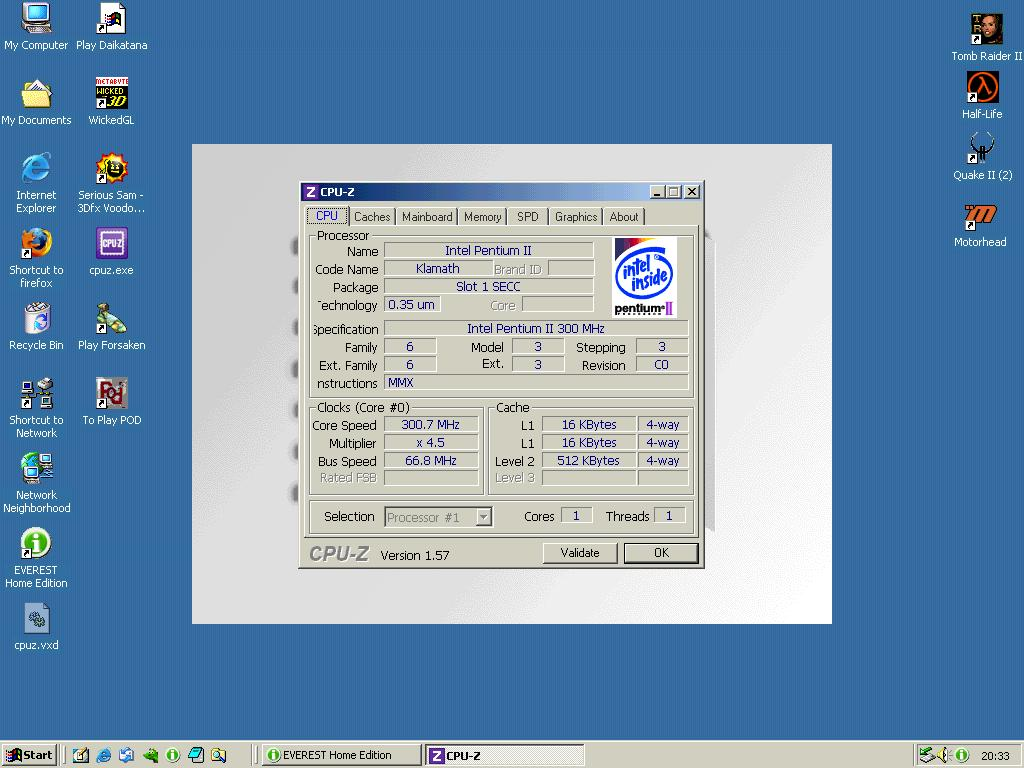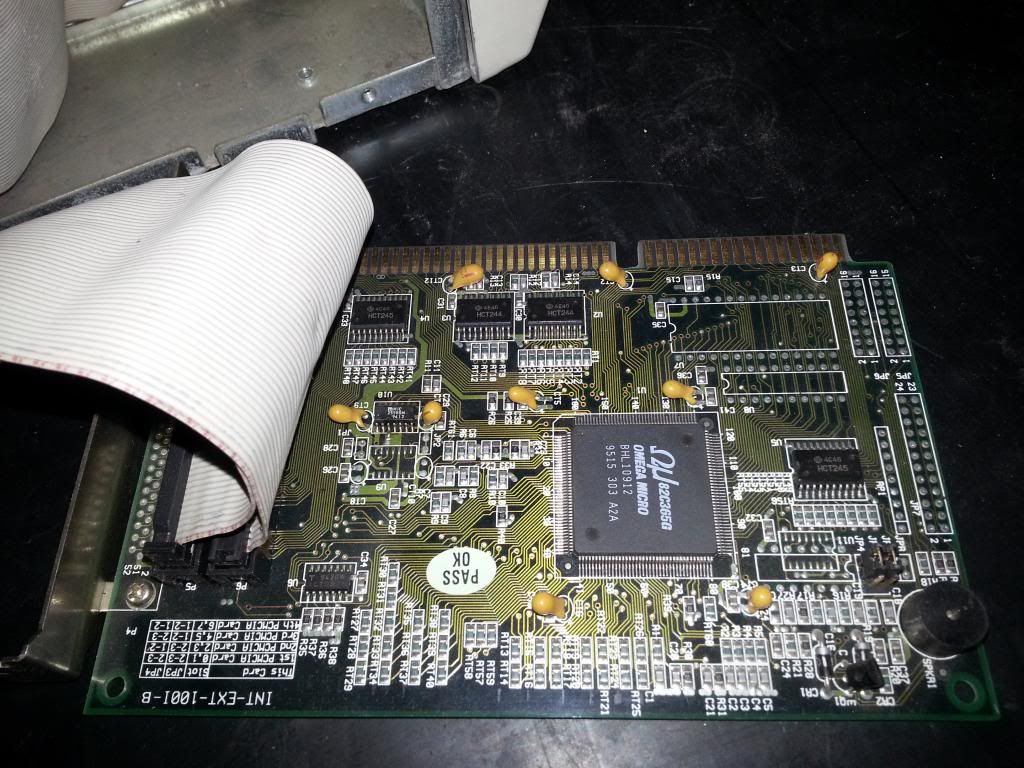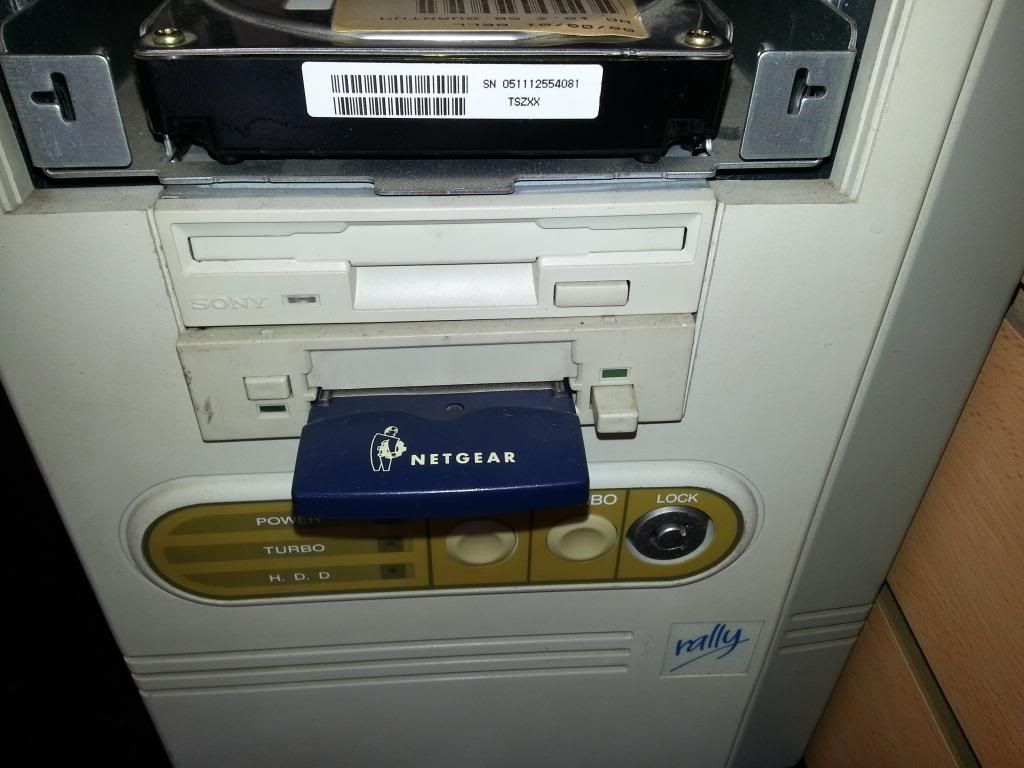Reply 40 of 48, by Standard Def Steve
wrote:wrote:I ran a Covington 300 in my Deskpro 4000 a while back just to see how slow it would be. It was really bad. Windows 2000 took forever to load and it really killed game performance as well. The mouse pointer also skipped around the screen during heavy disk usage. My PII-300 felt a good 4-5x faster in the same machine.
My DP4000 uses the 440FX chipset and 60ns EDO memory--probably a combination Intel never imagined the cacheless Covington would have to deal with. I'd be really interested to know well your Celeron performs with much faster SDRAM.I don't think Windows 2000 is a good idea for that system, or ANY gaming system for that matter.
I dual boot Win95 and 2K on it. General Win95 performance was actually quite good with the Covington. Only Win2000 took a massive performance hit without any L2.
I'm a big fan of Win2000. Like another poster mentioned, it does run many games faster than 9x.


